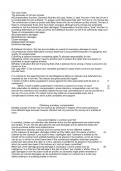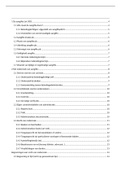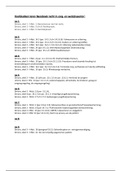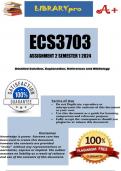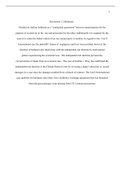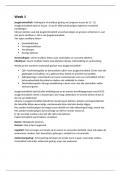Lecture notes
Lecture notes Tort Law (LAw5001)
- Module
- Tort Law (LAW5001)
- Institution
- Queen Mary, University Of London (QMUL)
In-depth, tort law notes on numerous topics with case law explanations. With systematic approach and careful drafting alongside exam tips, this is ideal for students.
[Show more]
